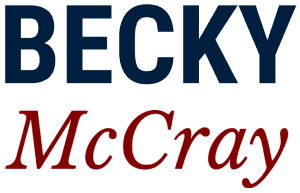You asked about bringing together a diverse community?
When Deb Brown and I did our Q&A show, we noticed that many of you face related questions, ones that other towns are also dealing with.
Gaylin asked us to address this issue:
How to bring together a diverse community with poverty and discrimination issues.
If you’re thinking you’ll skip this question because your town isn’t all that diverse, at least read these next three sentences: Your community has a class break, based on income. This is a huge and growing and mostly unrecognized division. If you can successfully bridge between the classes in your community, you’ll have a more equitable, if not overall more prosperous, community.
FrameWorks Institute has an excellent report on how mixing people from different income and class levels benefits everyone in the community. It also includes suggested wording on how to talk about this issue effectively.
Obviously, income and class are not the only kinds of diversity and discrimination in small communities today. Racial, ethnic, religious, political and probably many other kinds of discrimination are all difficult issues.
No matter what type of discrimination or diversity exists in your community, it’s hurting your chances for a better future. When we leave whole groups of people out of our community conversations, we miss out on better ideas. I talk more about this here.
What’s next? You know me; I want to give you some action steps you can take.
I really like tiny business villages as a place to start bringing together your community. When people from all different backgrounds start tiny businesses in shared spaces or a tiny business village, they’re going to be brought into closer connection. They bring members of their own group or community together as customers, as well. Plus they’re all building assets that help address poverty and class issues.
In a more direct way, anytime there’s a part of the community that feels left out and marginalized, that calls for deeper relationship building. There is a lot of mistrust built up that stands in your way. It’s human nature. You’ll have to build trust first. You do that by actually getting to know people. Speak to each other. Listen. Listen much more than you talk. Don’t expect a blanket announcement to work when inviting people to an event. Invite everyone in person. Invite them twice.
Look for people who already build connections across groups and divisions in your community: schools, sports, youth activities, church and inter-faith groups. They are crossing the divisions right now. Go listen and learn from what they are doing right.
Community happens when people talk to each other. And do things together. And eat together. Food is, in fact, a great place to start bringing people together. I hear about a lot of communities that do an international foods event or a cultural dinner. It’s a great easy win, but don’t stop here.
The next step is the arts. We all have ways of doing things, and we all have culture, and we all have value. Start by displaying art from across the community, then get people together, participating hands-on in creating art within and across groups. This was one of the big take-aways for me from the Rural Creative Placemaking Summit: Art can help us tackle tough issues.
This is a big question for all our communities. I’d love your thoughts on what has worked for you. Just hit reply and tell me a little about it.
Keep shaping the future of your town,
Becky
PS – Next time, Deb and I are going to talk about Small Town Trends and what’s coming next for rural communities. It will be available on demand from Jan 18 to Feb 1, and it costs $20. Find out more and sign up here
